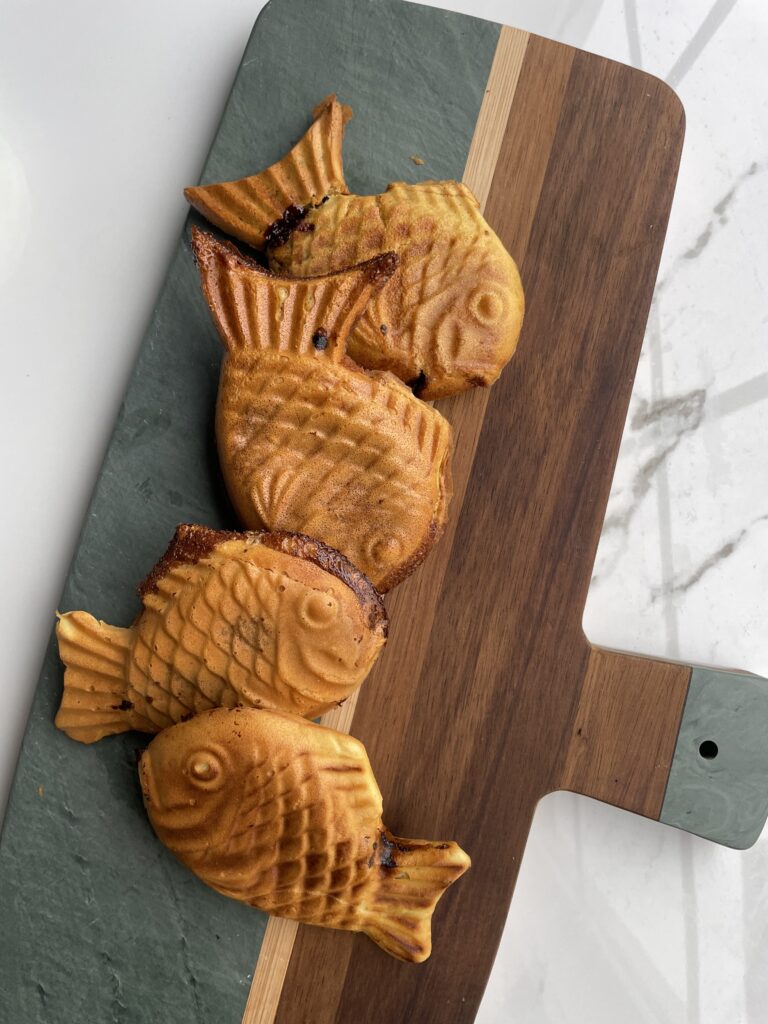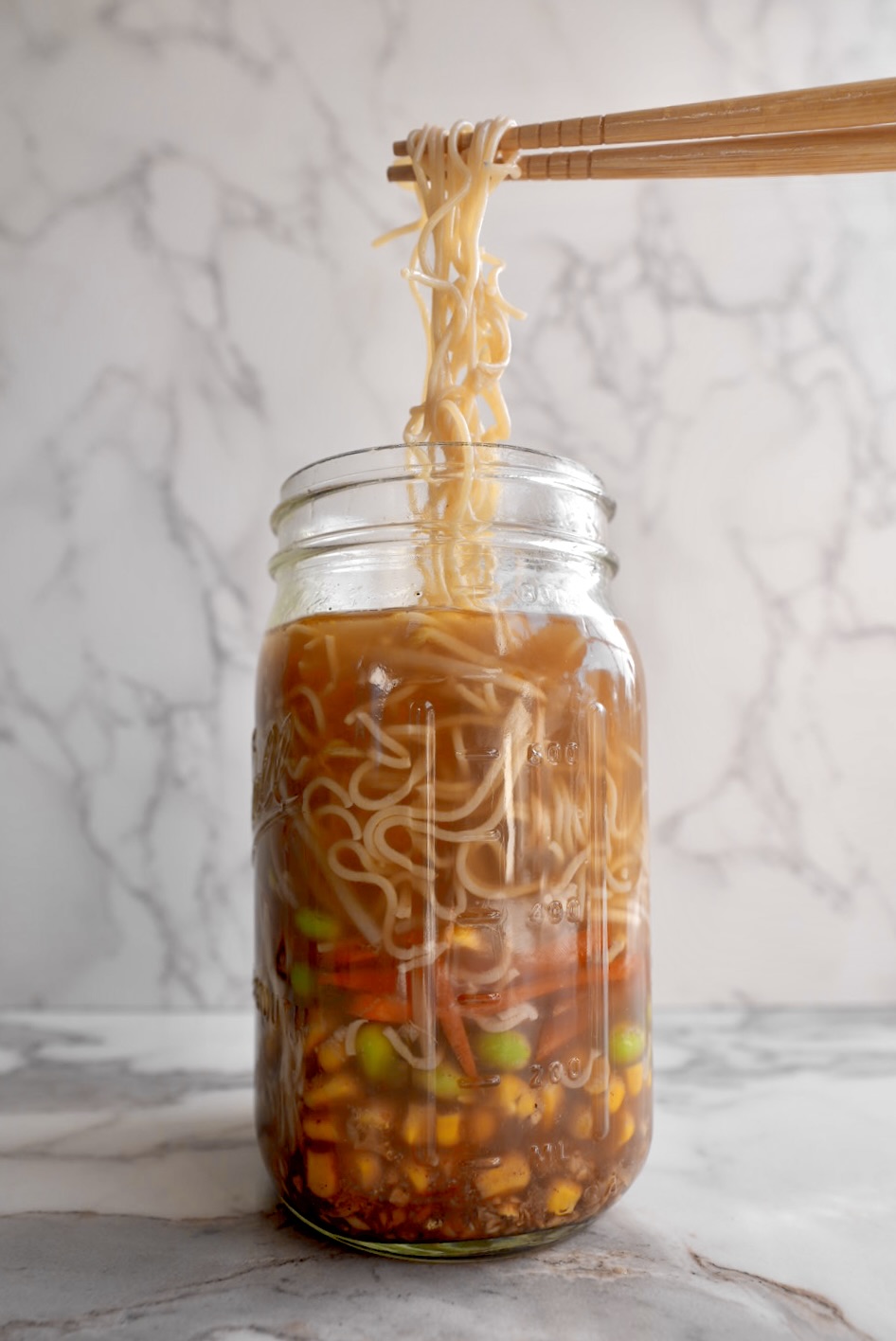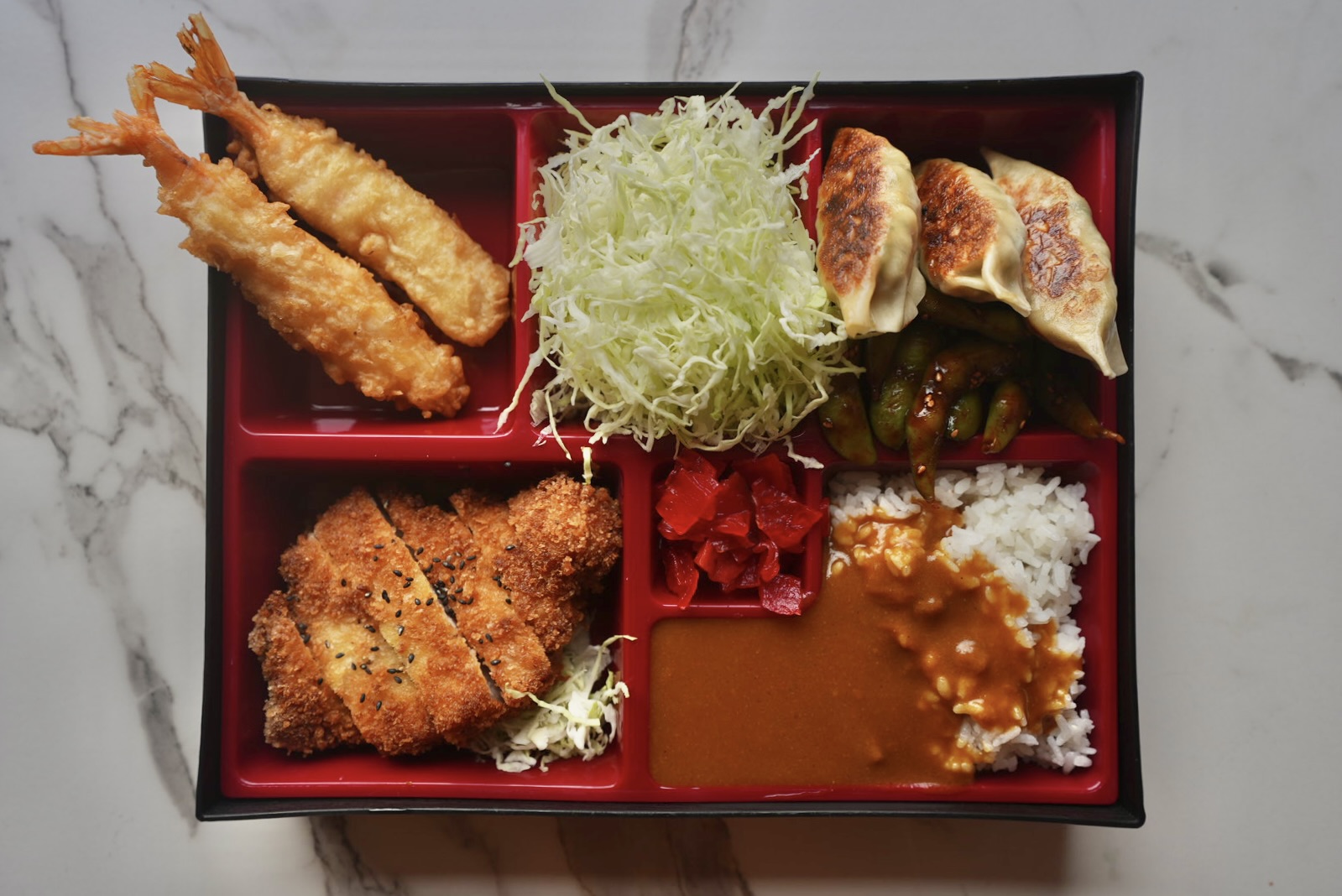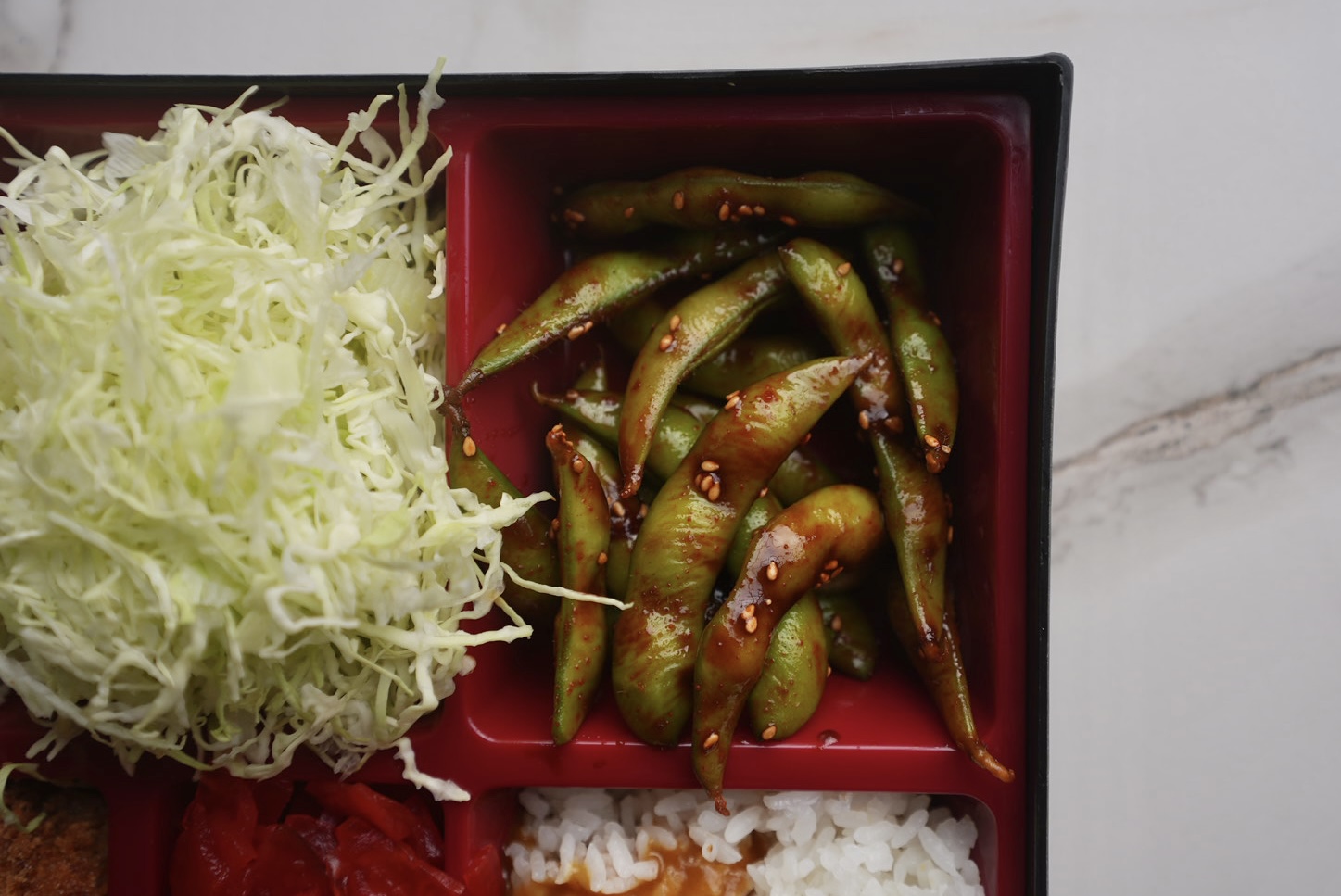Japanese Taiyaki is a beloved street food that has captured the hearts and taste buds of people around the world. Shaped like a fish, this delightful pastry is crispy on the outside and filled with a variety of sweet or savory fillings, making it a versatile treat for any occasion.
Taiyaki originated in Japan during the Meiji era (1868-1912) and was inspired by a similar pastry called imagawayaki, which is round and filled with sweet azuki bean paste. The fish shape of Taiyaki was created to make the pastry more appealing and unique. “Tai” refers to sea bream, a fish considered a symbol of good fortune and celebration in Japan, while “yaki” (焼き) means grilled or baked.
Taiyaki is best enjoyed fresh off the griddle when it’s still warm and crispy. It’s a popular snack at festivals, street markets, and specialty shops in Japan. The combination of the crispy exterior and the warm, gooey filling makes each bite a delightful experience.

Part of Taiyaki’s charm lies in its whimsical fish shape and the variety of fillings that cater to different preferences. It’s a treat that brings joy not just through its taste but also through its playful appearance. Whether you’re enjoying the classic red bean paste version or experimenting with new fillings, Taiyaki is a delicious way to experience a piece of Japanese culinary tradition. Now let’s learn how to make it!
Recommended Molds
The process of making taiyaki involves a special fish-shaped mold, which is essential for achieving its distinctive look. Here’s a link to the molds I recommend. I own the $25 one pictured on the left, but they are all rated highly. Important to note that the products may say “Gas Stove Compatible,” however, my stove is electric and it works just fine.
Here’s a simple overview of how taiyaki is made using the molds:
- Prepare the Batter: The batter for taiyaki is similar to pancake or waffle batter, made from flour, baking powder, sugar, eggs, and milk or water.
- Heat the Mold: The fish-shaped molds are heated, and a small amount of oil is applied to prevent sticking.
- Fill the Mold: The batter is poured into the mold, followed by a dollop of filling in the center. Another layer of batter is added on top to encase the filling.
- Cook the Taiyaki: The mold is closed, and the taiyaki is cooked until golden brown and crispy, typically flipping the mold halfway through to ensure even cooking.

Taiyaki (たい焼き)
- Total Time: 30 mintes
Description
Taiyaki is a Japanese fish-shaped cake typically filled with sweet red bean paste, custard, or chocolate. It’s a popular street snack often enjoyed warm and fresh off the grill.
Ingredients
- 1 cup all-purpose flour
- 1/4 cup cornstarch
- 1/4 tsp salt
- 1/2 cup sugar
- 1 1/4 cup whole milk
- 1 egg
Fillings:
- Nutella
- Dulce de leche (to make, peel paper off of can of sweetened condensed milk and simmer, completely submerged in water for 3 hours)
- Anko (red bean paste)
- Pistachio Butter (simply toast kataifi until browned and then add pistachio butter and a dollop of tahini)
Instructions
- In a medium-sized bowl, mix together all pancake ingredients until smooth.
- In a taiyaki pan, fill the mold about 25% and spread just enough to cover most of it.
- Place your filling in the middle of the pancake mixture and then cover with more pancake mixture.
- Close the pan and flip immediately. Allow to cook on medium-high heat for about 2 minutes and flip, cooking another 2 minutes.
- Serve warm.
- Prep Time: 5 minutes
- Cook Time: 25 minutes
Nutrition
- Serving Size: Makes 10-20 taiyaki, depending on your pan size










I saw these all the time when I was in Japan. So excited to try them out on my own!
Yay! Can’t wait for you to try it 🙂
I tried filling mine with custard and it paired perfectly with the texture of the crust.
YUM! So glad you did custard – so gooood!